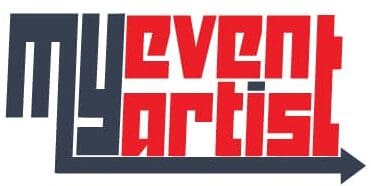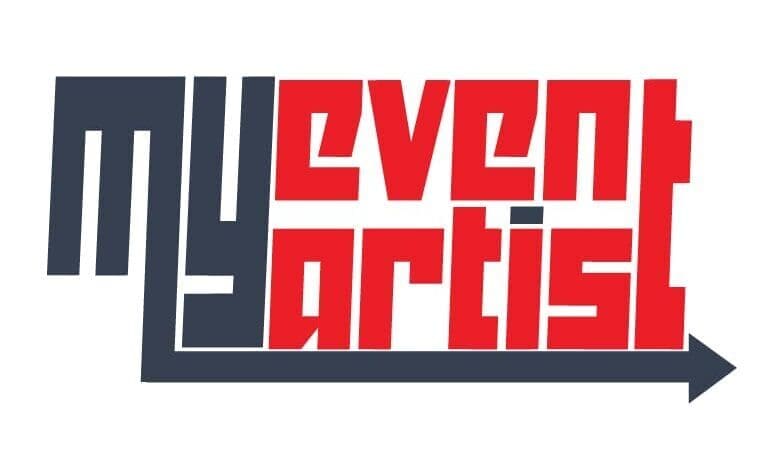Sports events bring communities together, foster friendships, and create vivid memories for participants and fans alike. Yet, for local sporting events, one of the essential pillars that can truly elevate the experience is effective branding, particularly through custom logo design. A logo acts as a visual ambassador for any event, encapsulating its spirit, values, and goals while contributing significantly to brand recognition and loyalty. This comprehensive guide will explore the importance of custom logos for local sporting events, the design process, and strategies for effectively utilizing these logos to foster community engagement and enhance event success.
The Importance of Custom Logos in Sports
When it comes to promoting local sporting events, custom logos play a crucial role in conveying identity and purpose. Here are some key reasons why custom logos matter:
1.
Creating a Unique Identity
Logos provide events with a distinctive identity that sets them apart.
- Memorability: A well-designed logo allows an event to stand out in a crowded sports calendar. Whether it’s a weekend festival or an annual championship, unique branding captures attention and lingers in the minds of potential participants.
- Representation of Values: Logos can encapsulate the values and essence of the event. For instance, if a local marathon emphasizes community, sustainability, or wellness, the logo can visually reflect those themes, connecting emotionally with participants and supporters.
2.
Enhancing Recognition
Custom logos help build brand recognition vital for attracting participants and sponsors.
- Visual Consistency: Consistent use of the logo across various materials (e.g., flyers, banners, merchandise) fosters familiarity among potential attendees. The more recognizable the logo, the more likely individuals will associate it with memorable experiences.
- Community Pride: Local events often inspire local pride. A recognizable logo can evoke a sense of belonging and attachment within the community, encouraging participation and support from local businesses and residents.
3.
Marketing and Promotion
A striking logo is indispensable for effective marketing and promotional strategies.
- Promotional Materials: Logos will feature prominently on promotional materials, including t-shirts, flyers, posters, social media graphics, and digital advertisements. A strong visual presence can attract more eyes, leading to increased attendance and revenue.
- Sponsorship Opportunities: A professionally designed logo can enhance the perceived value of an event, making it more attractive to potential sponsors and partners. A recognizable brand can signify professionalism and increase sponsorship inquiries.
The Process of Creating Custom Logos
The journey to crafting a successful logo is layered and requires thoughtful planning, creativity, and a clear understanding of your event’s vision.
1.
Research and Inspiration Gathering
Effective logo design begins with research and understanding.
- Know Your Audience: Identify who the participants and spectators will be. Are they families, young athletes, or local fitness enthusiasts? Understanding your target audience informs design choices regarding colors, fonts, and imagery.
- Analyze Competitors: Look at logos from similar events and organizations. Understand what works well and what doesn’t. This competitive analysis can provide insights into successful branding practices.
- Collect Inspiration: Gather examples of logos you admire, colors you like, and designs that resonate with the essence of your event. Creating a mood board can help visualize the emotions and messages you wish to convey.
2.
Design Development
Once research is complete, the design process begins.
- Conceptual Sketching: Start with rough sketches of potential logo concepts. This brainstorming phase should allow for creativity without constraints. Explore various ideas and perspectives that embody the spirit of the event.
- Refinement and Drafting: Once you have selected a few concepts, begin digitizing them. Use design software, such as Adobe Illustrator, to create polished versions. Experiment with various color schemes, typography, and shapes that align with your event’s identity.
- Seek Feedback: Share the initial designs with stakeholders, including team members, sponsors, and community members. Gather feedback to identify strengths and weaknesses in the designs.
- Finalization: Based on the feedback, make necessary adjustments, and create several variations to see how the logo performs in various applications (e.g., print, web, apparel). Finalize the design by choosing colors, fonts, and layouts that effectively represent your event.
3.
Implementation and Brand Guidelines
Logos are most effective when consistently implemented across various platforms.
- Brand Guidelines: Develop a brand guideline document that outlines how the logo should be used. This includes specifications for size, color codes, and positioning. A guideline provides clarity for anyone using the logo and ensures consistency in branding.
- Merchandising: Utilize your new logo in merchandising opportunities. Consider offering t-shirts, caps, and other items that prominently feature your logo. These products not only promote the event but also foster community and participant pride.
Utilizing Logos for Maximum Community Engagement
Once the logo is created, strategically applying it to engage the local community can enhance interest, attendance, and enthusiasm for the event.
1.
Promotional Campaigns
Leverage the logo in promotional activities to generate buzz.
- Social Media Engagement: Create campaigns around the logo, encouraging participants to share pictures wearing event merchandise or using specific hashtags related to the event. This organic promotion can create a sense of community and encourage more participation.
- Contests and Giveaways: Host contests where participants can submit their designs or ideas for merchandise featuring the logo. Reward the best ideas with free tickets or event merchandise, fostering involvement and excitement.
2.
Local Partnerships
Collaborate with businesses and organizations to maximize reach.
- Cross-Promotions: Team up with local businesses to display posters featuring the logo and promote the event through their channels. This mutually beneficial partnership enhances visibility and encourages local support.
- Community Events: Organize pre-event community activities featuring the logo. For example, hold a park event with games, where participants wear gear featuring the logo. This live marketing experience builds anticipation and community involvement.
3.
Post-Event Engagement
Keep the community engaged after the event concludes.
- Showcase Event Highlights: Use social media and newsletters to share photos and videos from the event prominently featuring the logo. Highlighting accomplishments, awards, and memorable moments creates a sense of closure while reinforcing brand loyalty.
- Gather Feedback: After the event, collect feedback from participants regarding their love for the logo and the overall branding. This input can help refine future branding efforts and event planning.
Case Studies of Successful Sporting Events
To illustrate the impact of custom logos on brand loyalty, let’s look at a few successful case studies of sporting events that effectively utilized logo design in their branding:
1.
Local Fun Runs
Many cities host fun runs throughout the year, each featuring unique logos tied to themes (e.g., holiday runs, charity events). These events often incorporate engaging logos that resonate with their target audience, leading to repeated participation. The longevity of such logos helps build community identity and recognition, leading to higher turnout in subsequent years.
2.
Youth Sports Leagues
Youth sports leagues often thrive on community support and participation. Consistent logo design across uniforms, advertising, and events helps nurture brand loyalty among both children and parents. The association families develop with the logo contributes to ongoing support for the league, creating a loyal base of participants and volunteers.
3.
Annual Tournaments
Annual tournaments like basketball or soccer competitions that continually refresh their logo while maintaining core branding elements help establish recognizable identities. Integrating the logo into promotional materials, event signage, and merchandise builds anticipation each year, encouraging fans and players to return and bring friends.
Conclusion: The Key to Building Community and Loyalty
Ultimately, creating a custom logo for local sporting events is more than just design; it represents the essence of community, support, and passion for sports. A well-executed logo amplifies brand recognition, fosters emotional connections, and cultivates loyalty that lasts beyond each event.
At MyEventArtist, we specialize in providing tailored logo design services that capture the unique spirit of your sporting event. Engage your audience with compelling visuals that resonate. Explore our extensive collection of print-ready vector logo designs and customizable fonts at myeventartist.com. If you need a custom logo that truly represents your event’s essence, check out our options at this link.
Let’s build a brand that embodies the excitement of sports and the unity of community!
Keywords: custom logo design, sports branding, community engagement, brand loyalty, event marketing, brand identity
Hashtags: #customlogodesign, #sportsbranding, #communityengagement, #brandloyalty, #eventmarketing, #brandidentity



Leave a Reply